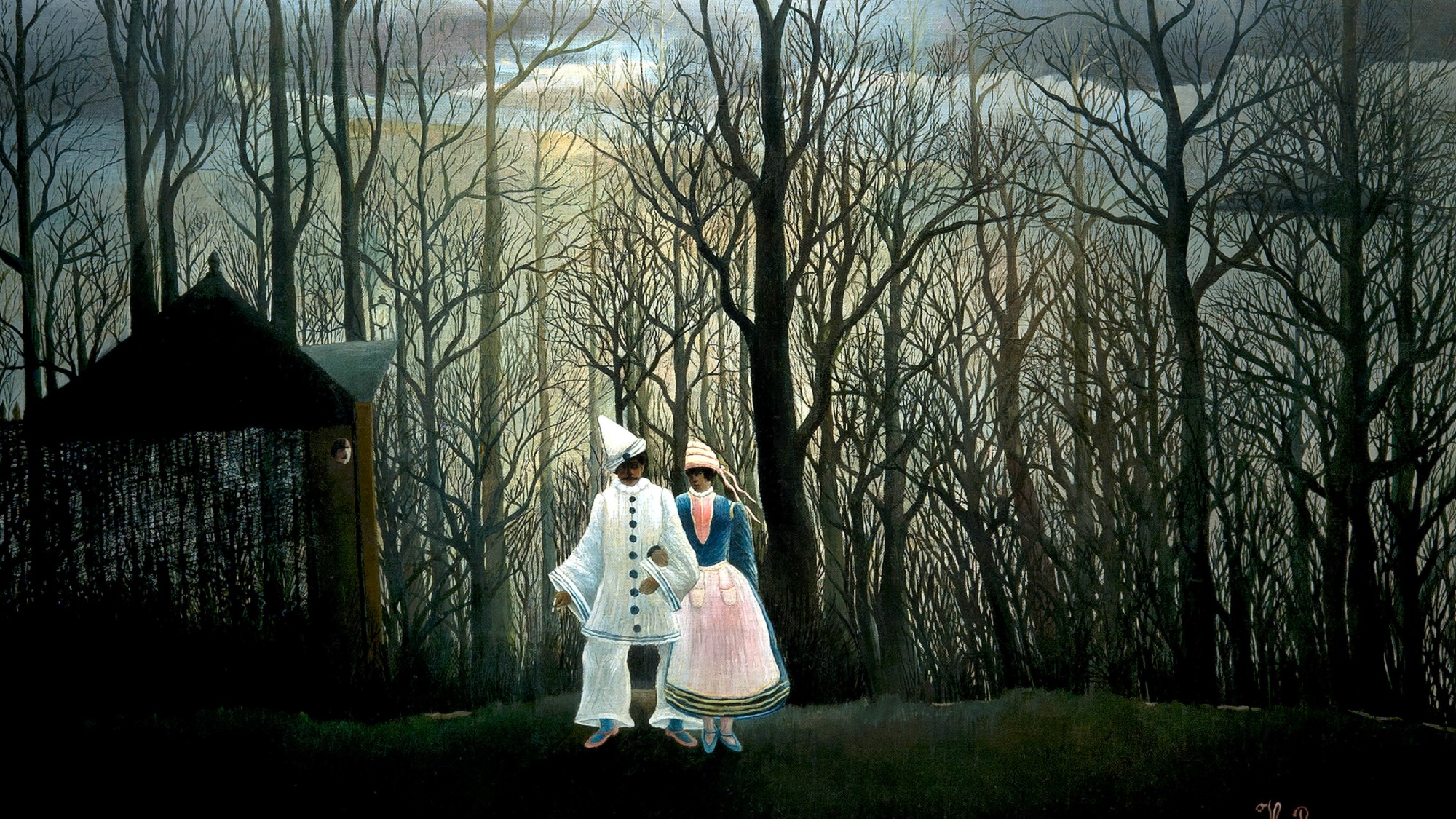Che was a murderer, not a hero
The real Ernesto “Che” Guevara was far from the “youthful idealist” celebrated in film and transformed into a global icon, said Nick Gillespie in Reason.com.
Nick Gillespie
Reason.com
“Che” lives, said Nick Gillespie, but what lives is a lie. The real Ernesto “Che” Guevara was far from the “youthful idealist” celebrated in film and transformed into a global icon, his “beret-bedecked” visage plastered on everything from beer labels to T-shirts. The Argentine revolutionary was in reality a rigid Marxist ideologue who believed in—and practiced—murder, torture, and censorship.
The Week
Escape your echo chamber. Get the facts behind the news, plus analysis from multiple perspectives.

Sign up for The Week's Free Newsletters
From our morning news briefing to a weekly Good News Newsletter, get the best of The Week delivered directly to your inbox.
From our morning news briefing to a weekly Good News Newsletter, get the best of The Week delivered directly to your inbox.
After gaining power in Castro’s post-revolutionary Cuba, he oversaw the execution of hundreds of political prisoners, becoming known as the “butcher of La Cabaña” prison. As the “effective czar of the Cuban economy,” Guevara’s dogmatic approach was a disaster, engendering the “economic basket case” that is modern Cuba. And despite his status in leftist culture, Che’s cultural influence was as illiberal as his economics; he banned both rock music and jazz as “imperialist.”
Yet the “romantic martyrdom” of his death at 39 still fuels a gauzy Che mythology. A sardonic T-shirt young Argentines have taken to wearing says it best: “‘I have a Che T-shirt, and I don’t know why.’”
A free daily email with the biggest news stories of the day – and the best features from TheWeek.com
-
 ‘Furious Minds: The Making of the MAGA New Right’ by Laura K. Field and ‘The Dream Factory: London’s First Playhouse and the Making of William Shakespeare’ by Daniel Swift
‘Furious Minds: The Making of the MAGA New Right’ by Laura K. Field and ‘The Dream Factory: London’s First Playhouse and the Making of William Shakespeare’ by Daniel SwiftFeature An insider’s POV on the GOP and the untold story of Shakespeare’s first theater
-
 How to shop smarter with a grocery budget
How to shop smarter with a grocery budgetThe Explainer No more pushing your cart down the aisles on autopilot
-
 Henri Rousseau: A Painter’s Secrets
Henri Rousseau: A Painter’s Secretsfeature Barnes Foundation, Philadelphia, through Feb. 22
-
Our culture’s worship of celebrity
feature It was in F. Scott Fitzgerald’s Jazz Age that the modern concept of celebrity was born.
-
The smearing of Zero Dark Thirty
feature Kathryn Bigelow's film has become “collateral damage” in the political debate over the morality of torture.
-
 5 smart reads for the weekend
5 smart reads for the weekendfeature An investigation into Junior Seau's tragic suicide. A profile of the brother-and-sister team behind Cloud Atlas. And more compelling, of-the-moment stories to dive into
-
The most entertaining drama on TV
feature Ratings for the GOP debates are setting new records, and no wonder: They’re “the best thing happening in pop culture right now,” said Rob Walker at The New York Times.
-
How kids learn to hate real food
feature Thanks to ConAgra and its pals in Congress, our schoolkids’ right to feast on frozen pizza and fries has been protected, said Kristin Wartman at HuffingtonPost.com.
-
The lesson from Kim’s divorce
feature Kardashian's farcical marriage has finally drawn back the veil on “reality TV’s fairy-tale narratives,” and exposed them as “hollow and manipulative” shams, said Jennifer L. Pozner at TheDailyBeast.com.
-
Quote of the week: Nicholas D. Kristof
feature From The New York Times: “In my travels around the world, I encounter two Catholic Churches. One is the rigid, all-male Vatican hierarchy ...
-
Laughing off the horrors of prison rape
feature In our culture, there